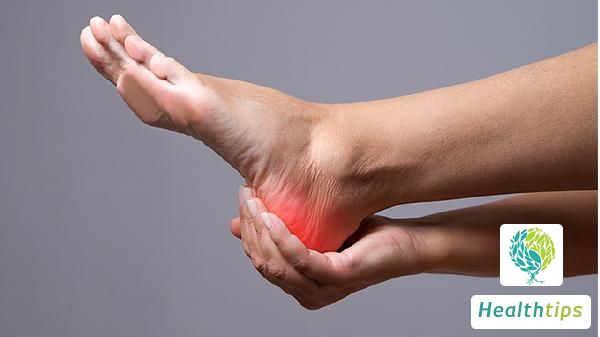"What Causes Intestinal Knotting, and How Can It Be Resolved?"
Update Date:
Source: Network
Intestinal Knotting, Clinically Known as Volvulus

Intestinal knotting, clinically referred to as volvulus, can be caused by poor dietary and lifestyle habits, colitis, appendicitis, among other factors. It can be treated through general, conservative, or surgical methods.
Causes of Intestinal Volvulus
- Poor Dietary and Lifestyle Habits: Frequent binge eating, consuming spicy and stimulating foods, and engaging in strenuous activities after meals can lead to intestinal volvulus. Regular eating habits with quantified and timed meals, as well as avoiding vigorous exercise after meals, are recommended.
- Colitis: Inflammation of the colon can cause thickening of the intestinal wall due to inflammatory factors, potentially leading to symptoms such as abdominal pain, diarrhea, fever, bloating, and even complications like toxic megacolon, colonic stenosis, and obstruction.
- Appendicitis: Obstruction of the appendiceal lumen or bacterial infection can cause inflammatory changes in the appendix, resulting in right lower abdominal pain. An abscess may form around the appendix, palpable as a tender mass, disrupting normal intestinal motility and triggering intestinal spasms and volvulus. Other causes can include intestinal polyps and tumors.
Treatment of Intestinal Volvulus
- General Treatment: Primarily involves fasting and fluid restriction, with intravenous infusions for nutritional support and gastrointestinal decompression. Intravenous administration of sodium bicarbonate injection, saline, and potassium chloride solution is prescribed to correct electrolyte imbalances.
- Conservative Treatment: For elderly patients who cannot undergo surgery or those with non-strangulated volvulus, fiberoptic colonoscopy for reduction or enema therapy may be employed as conservative treatment options.
- Surgical Treatment: For severe cases, surgical intervention is indicated. Common surgical procedures include small bowel volvulus reduction and intestinal resection with anastomosis.



















